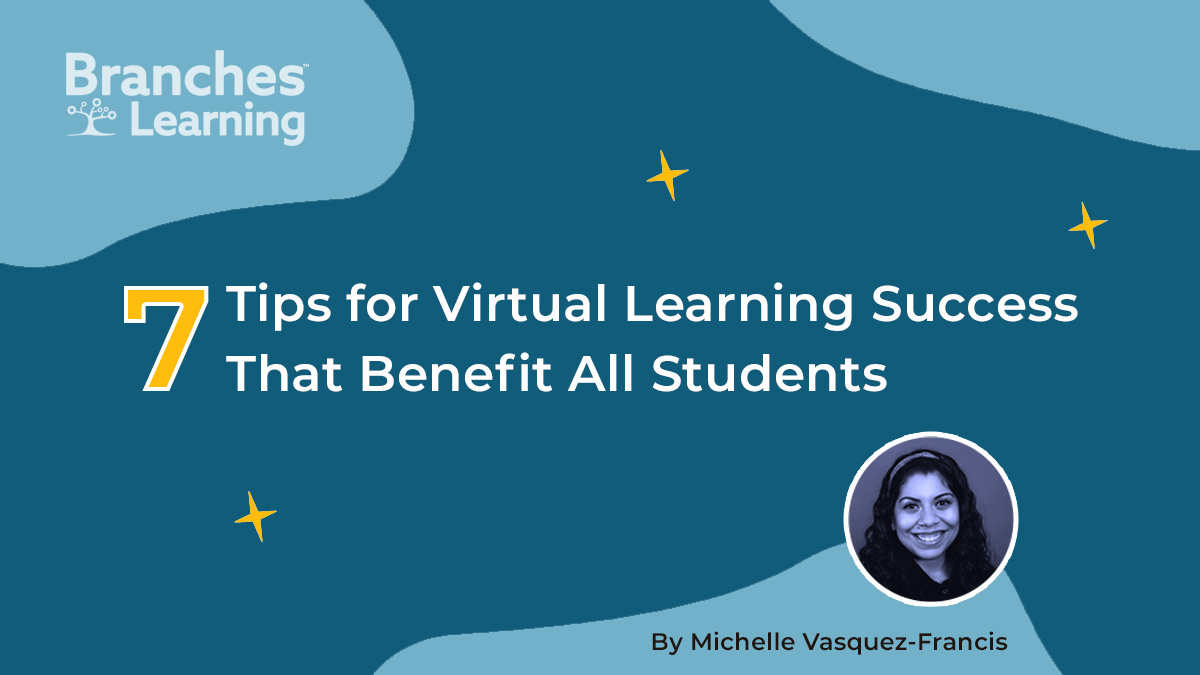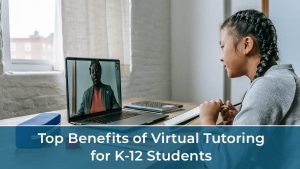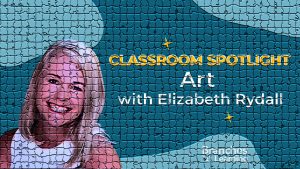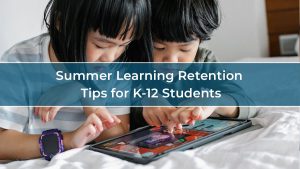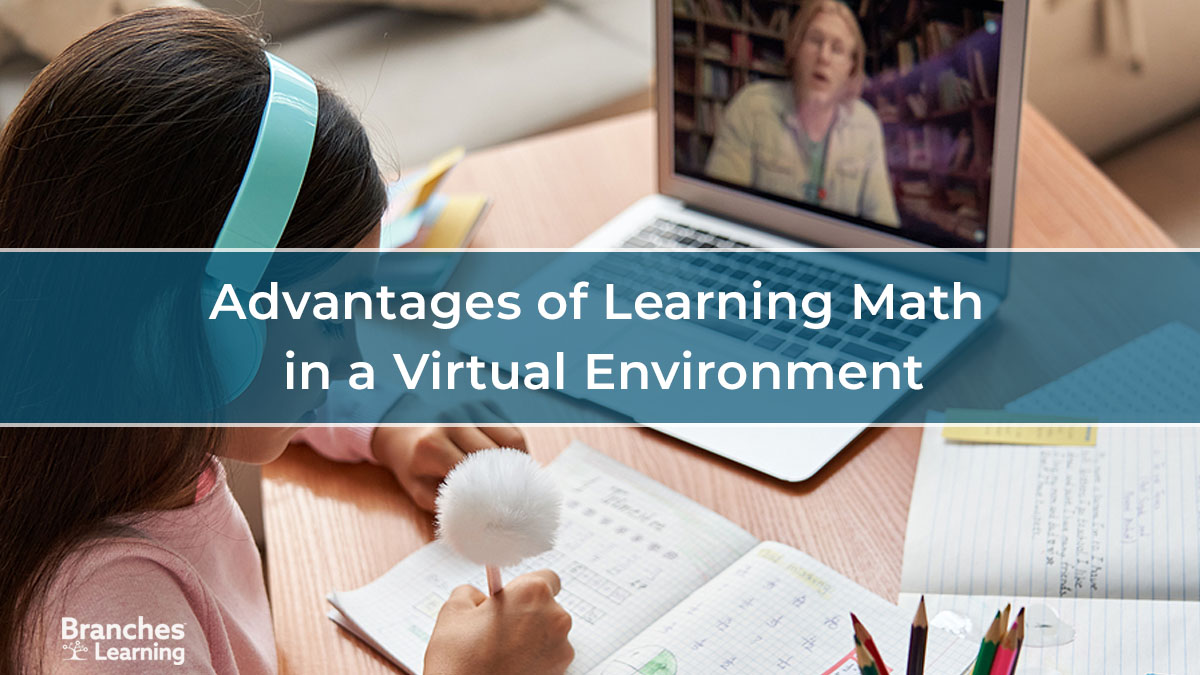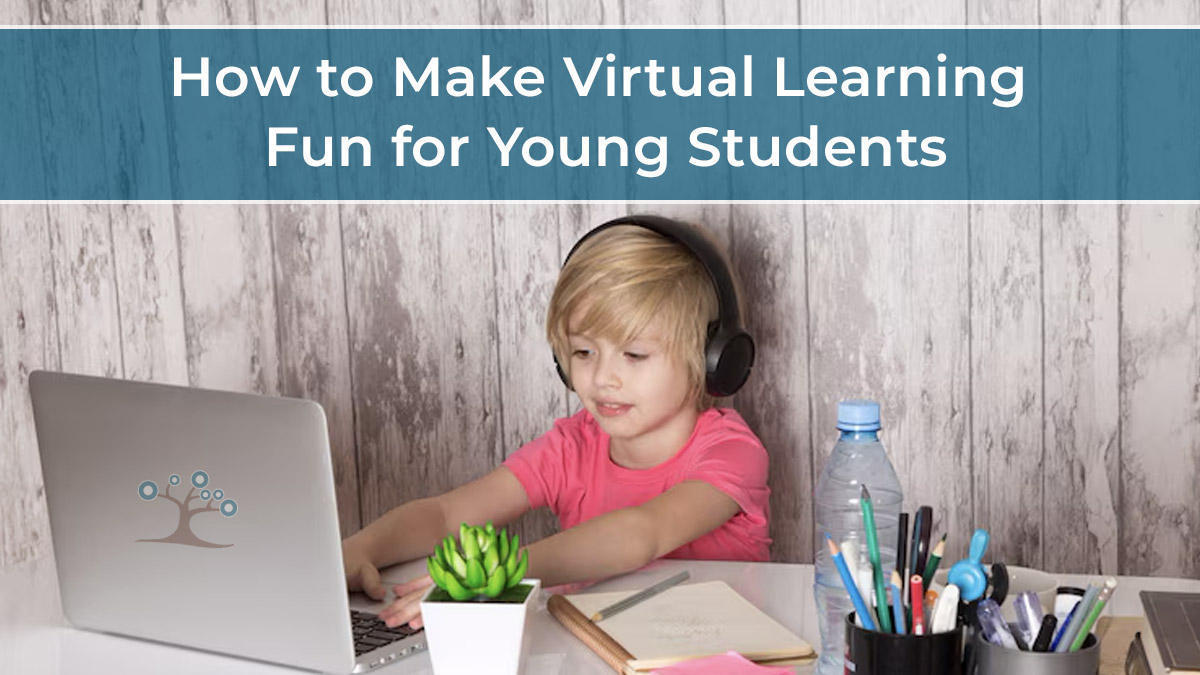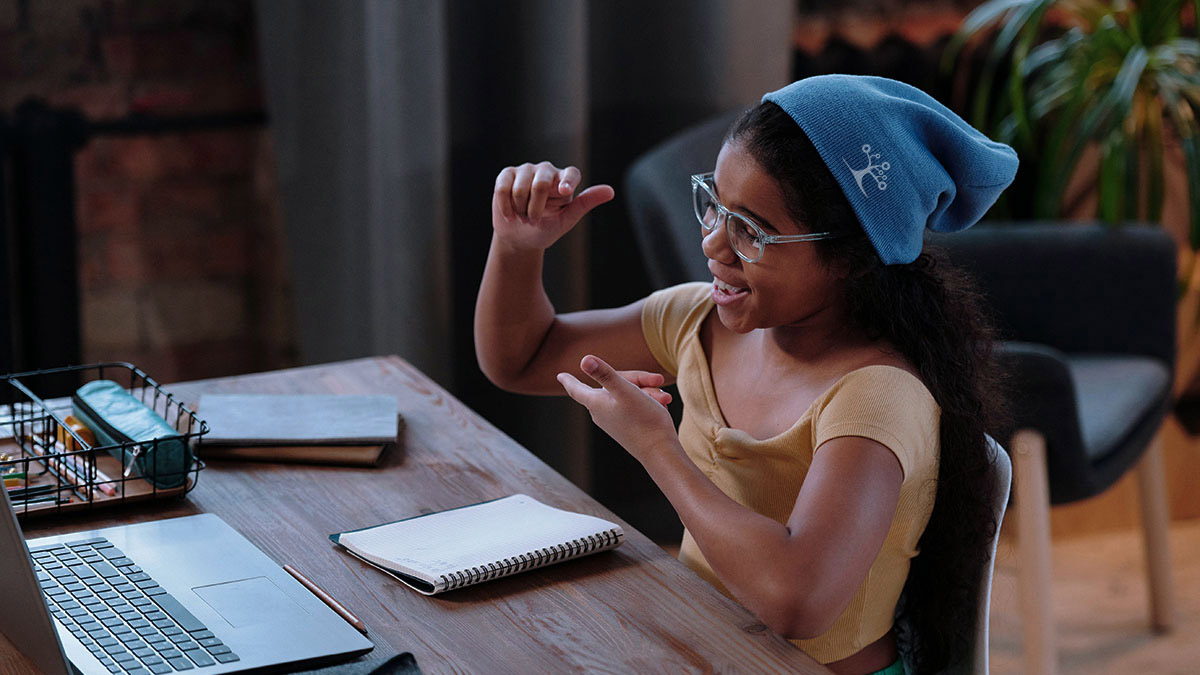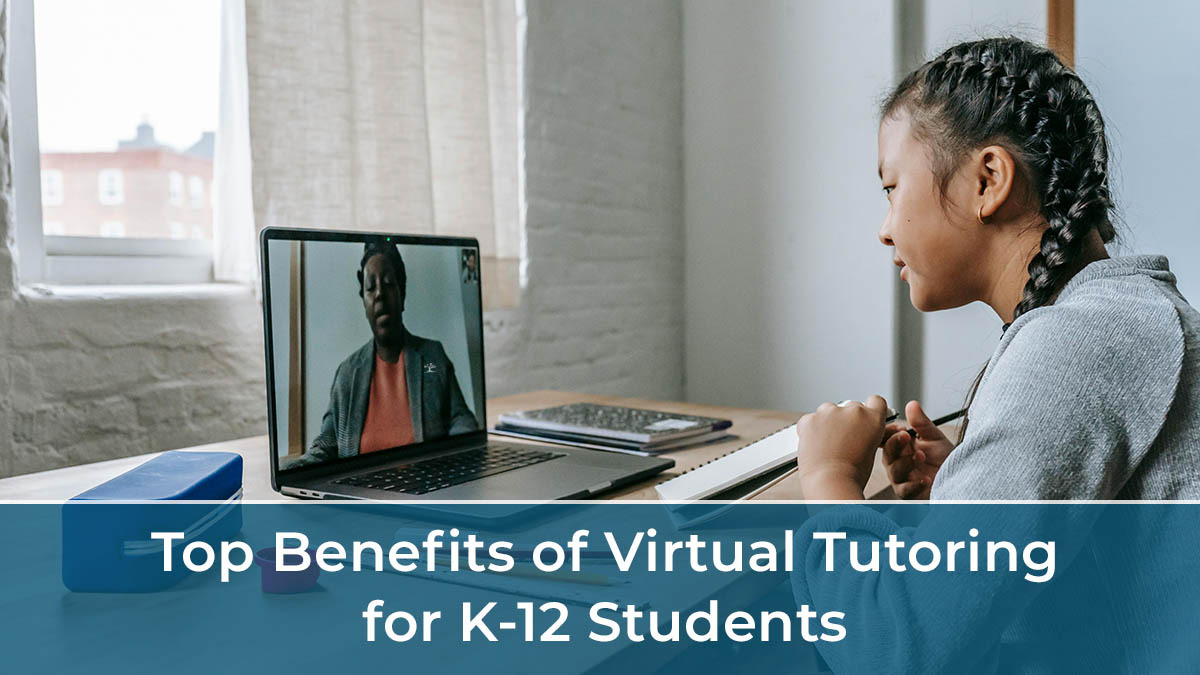Although in-person and online (virtual) learning may have similarities, each requires unique skills. The virtual learning world poses challenges that may feel intimidating for students and parents alike. However, several ways exist to combat and prevent some of those challenges. When students can follow a routine, have minimal distractions around their learning environment, and effectively communicate with their learning team, they can enhance their online learning experience and create a supportive and engaging environment.
Setting a Routine
Creating and following a routine is a powerful tool that empowers students with a sense of responsibility. A routine provides children with structure and consistency, which are vital to academic success and emotional well-being. Students with a predictable schedule can effectively manage their time, stay on track, and develop lifelong skills for future studying and life. This consistency can provide reassurance and comfort, instilling a sense of control and confidence in students and parents alike.
- Visual Schedules: Incorporating pictures, bright colors, and symbols can make learning more appealing and practical. A visual schedule can minimize confusion and foster independence, empowering students to take charge of their learning journey. This sense of empowerment can boost their confidence and engagement in learning.
Effective Communication
When students communicate effectively, they can clearly express their thoughts, ask essential questions, and stay engaged with classmates. Since virtual learning lacks in-person interactions, clear communication ensures students can understand instructions, participate in classroom discussions, and ask for help when needed. Whether asking a question during class or sending an email, strong communication skills enable students to actively participate in their learning experience.
Organized Learning Area
A designated learning area helps children be mentally prepared for class and school work, making concentration easier and improving retention. It also limits distractions and reduces stress, as necessary materials are easily accessible. When students keep their area organized, they can develop positive habits and self-discipline, which will only enhance their learning experience.
Creating Goals
It can be easy to become unmotivated and disinterested in virtual learning. Setting short-term goals, such as completing a certain number of assignments in a week or improving a specific skill like reading comprehension by the end of the month, and long-term goals, such as achieving a particular letter grade in math by the end of the semester or mastering a subject like history by the end of the year, encourages time management and self-discipline and helps students prioritize and balance their workload. Having goals provides a clear sense of direction and boosts confidence when students complete one, making them feel focused and determined.
Think S.M.A.R.T. when creating goals: Specific, Measurable, Achievable, Relevant, and Time-bound. When goals are being created, they should be clearly defined, easy to track, able to be attained realistically, aligned with the overall objective, and have a reasonable completion deadline.
Taking Regular Breaks
In the world of online learning, continuous screen time is a challenge. Too much screen time can lead to mental exhaustion and decreased concentration. Short breaks, five to ten minutes every hour, give a student’s eyes and brains a moment to rest, to process what they are taking in, and to re-energize. Longer and shorter breaks can prevent burnout, reduce stress, and are a moment to get some physical movement or activity. In addition, taking breaks can help with focus, reduce fatigue, and improve overall productivity.
Digital Etiquette & Literacy
When students practice digital etiquette—such as using polite language in online discussions, respecting others’ opinions by not interrupting or dismissing them, and following online classroom expectations like muting their microphones when not speaking—they contribute to a safe, inclusive, and productive learning environment for themselves and their peers. Digital literacy enables students to navigate online safely and effectively while building critical thinking skills. For instance, understanding how to use online tools like Google Docs, Google Slides, and Google Meet can enhance collaboration and communication. When students know about cybersecurity, they can access information safely and use technology effectively for their education while avoiding misinformation and responsibly using the internet. Digital etiquette and literacy expand beyond online learning and transfer to possible future professional environments, making students feel responsible and aware.
Positive Attitude
Students with a positive attitude can stay engaged and motivated, even when faced with technical issues or personal difficulties. Being positive encourages a growth mindset, which is the belief that one’s abilities and intelligence can be developed through dedication and hard work. This mindset allows students to see mistakes and failures as stepping stones to learning opportunities rather than just failures. Optimism is beneficial for focusing, reduces stress, and can enhance various aspects of someone’s day. Students who approach online learning confidently and positively are likelier to stay committed, complete their school responsibilities, and achieve personal and academic success.

